Frustrated writer takes a job as the winter caretaker at the ominous, mountain-locked Overlook Hotel so that he can write in peace. When he arrives there with his wife and son, they learn that the previous caretaker had gone mad. Slowly Jack becomes possessed by the evil, demonic presence in the hotel. A film by Stanley Kubrick, starring Jack Nicholson, Shelley Duvall, Scatman Crothers, Barry Nelson, Philip Stone, Joe Turkel, Bill Watson, Anne Jackson, and Danny Lloyd.
THE SHiNiNG
Stanley Kubrick
(1980)
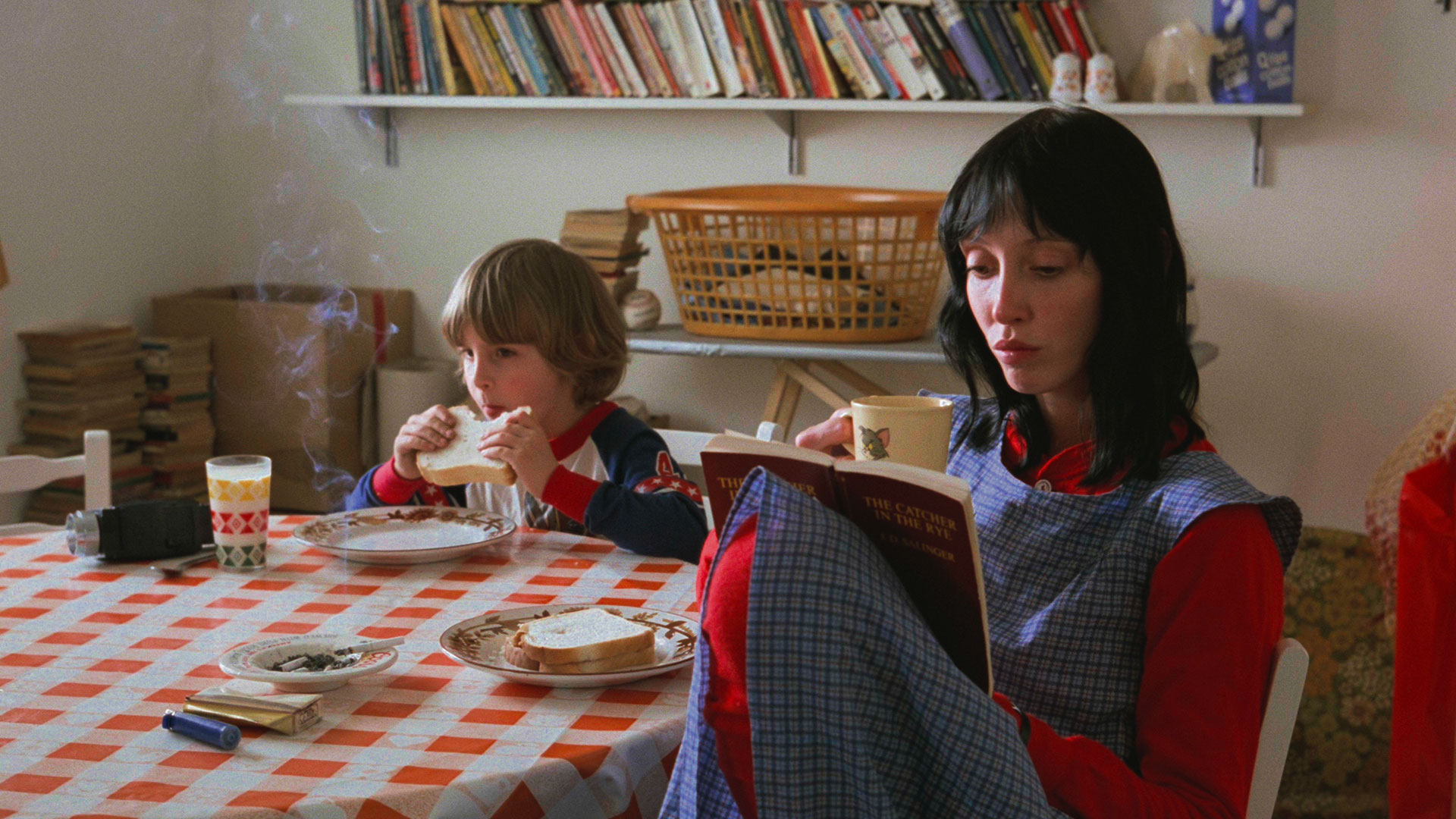
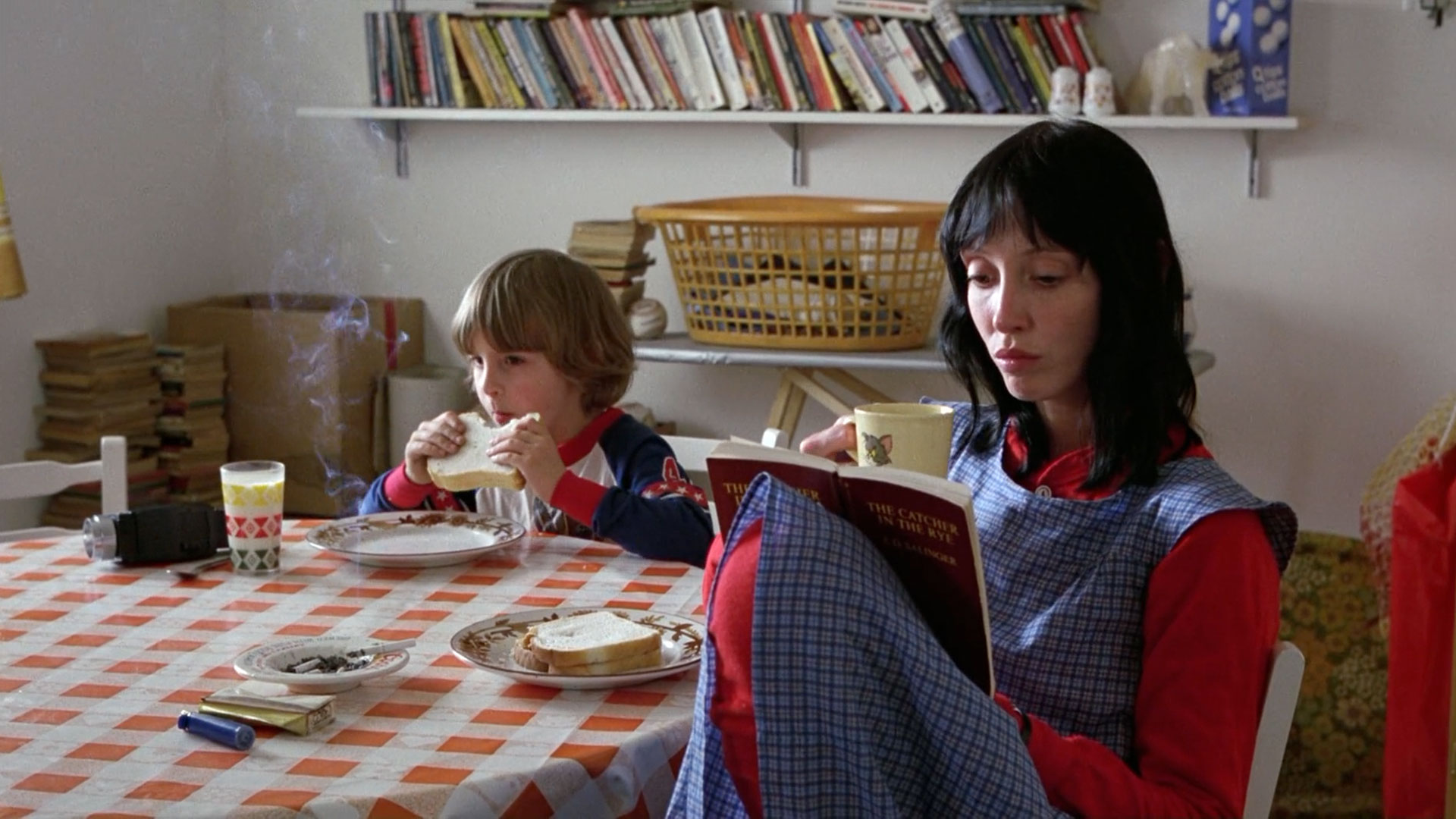
Jack Torrance (Jack Nicholson), a struggling writer, takes a job as the winter caretaker at the remote Overlook Hotel nestled in the Colorado Rockies. The prestigious hotel closes down during the winter months due to heavy snowfall that keeps guests away. With the hotel deserted and all staff gone, Jack sees this isolation as the perfect opportunity to finish his book. Jack brings his wife Wendy (Shelley Duvall) and young son Danny (Danny Lloyd) to stay with him at the Overlook.
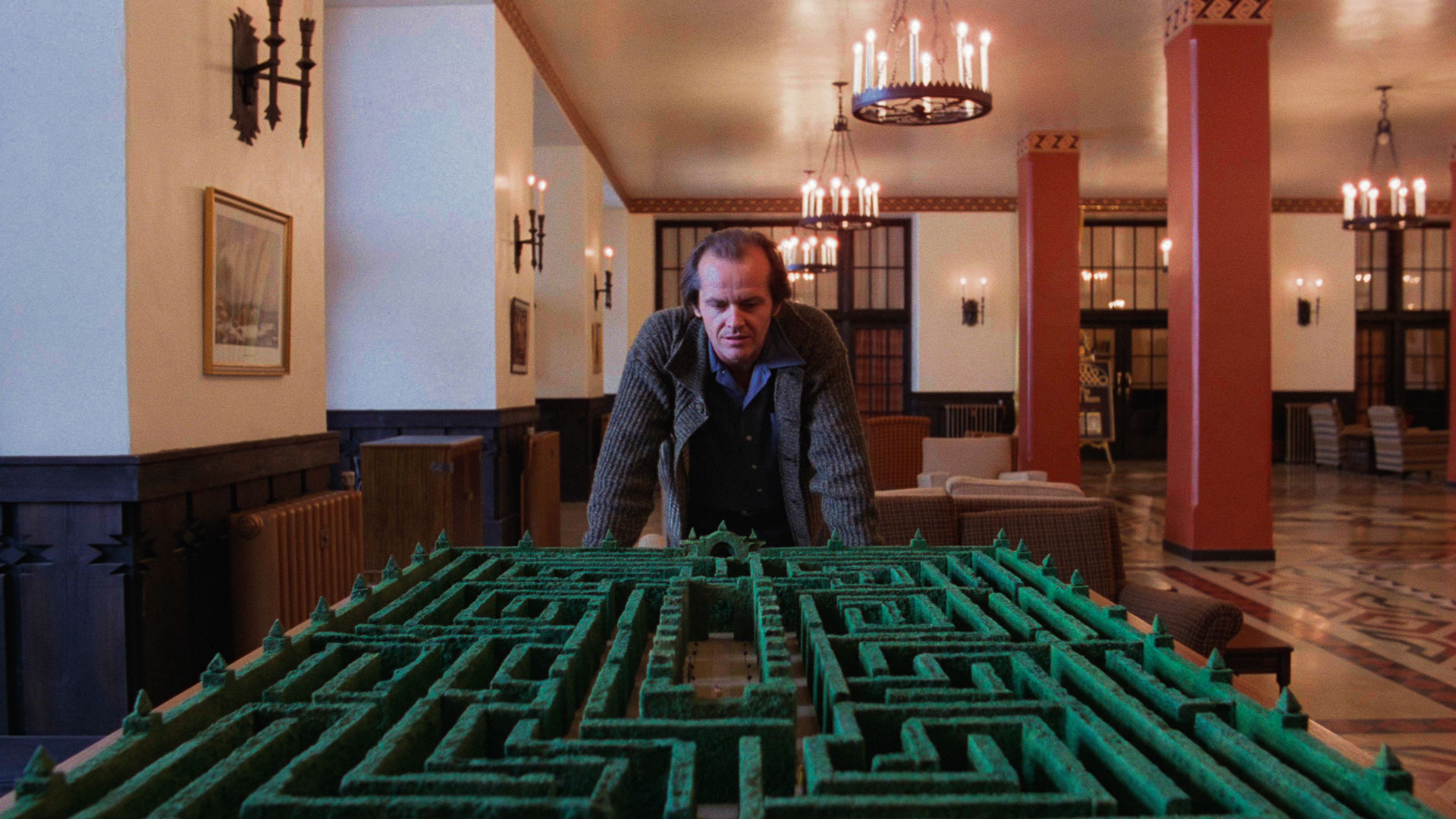
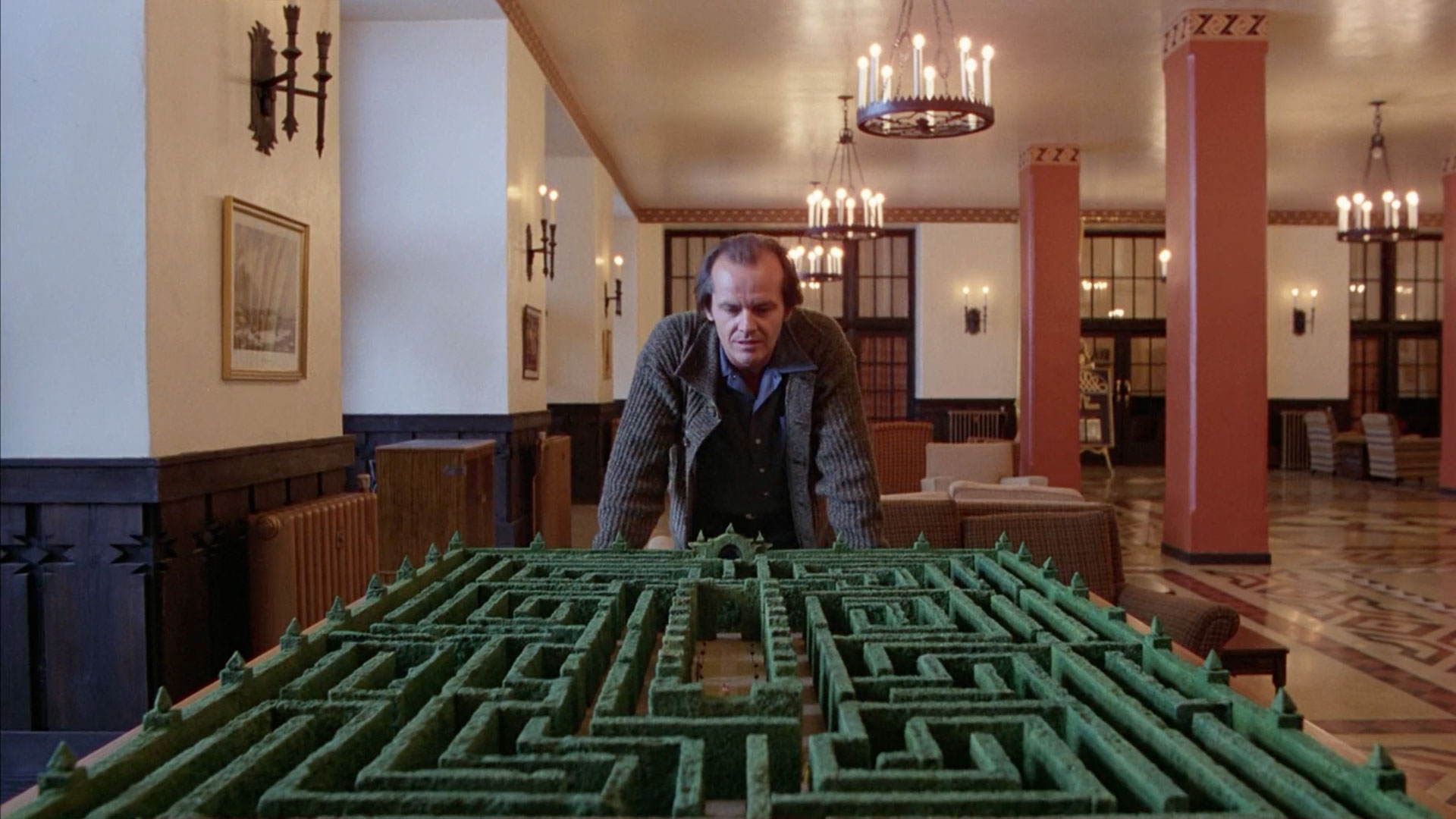
Upon arriving at the Overlook Hotel, Jack meets with the hotel manager, Stuart Ullman (Barry Nelson), who shares the chilling history of the hotel. He recounts the tragic tale of a previous caretaker, Charles Grady, who went mad and killed his wife, two young daughters, and then himself within the hotel’s walls. Despite hearing this horrifying story, Jack is captivated by the hotel’s grandeur and accepts the caretaker position, undeterred by the dark events that took place there.
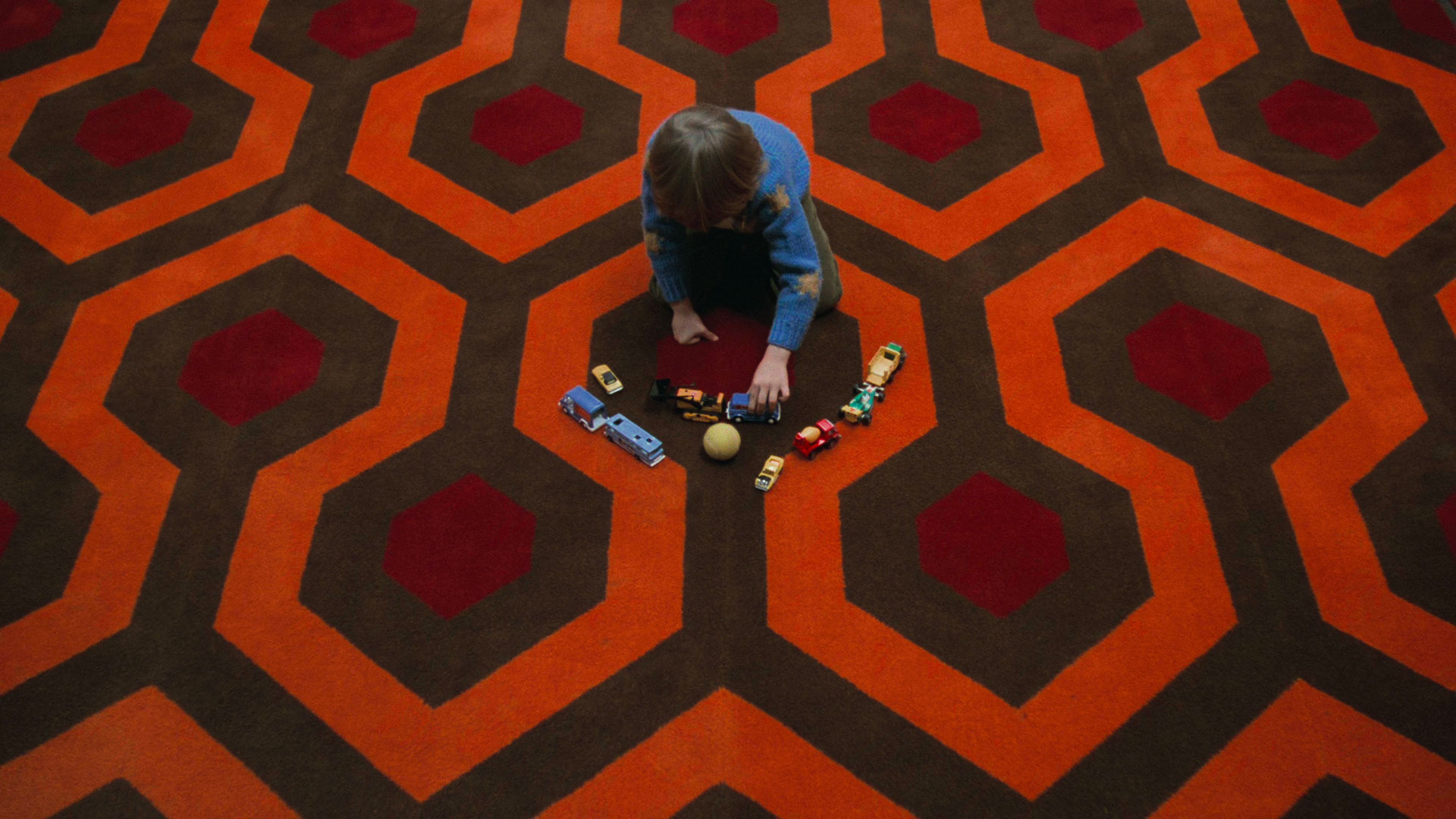
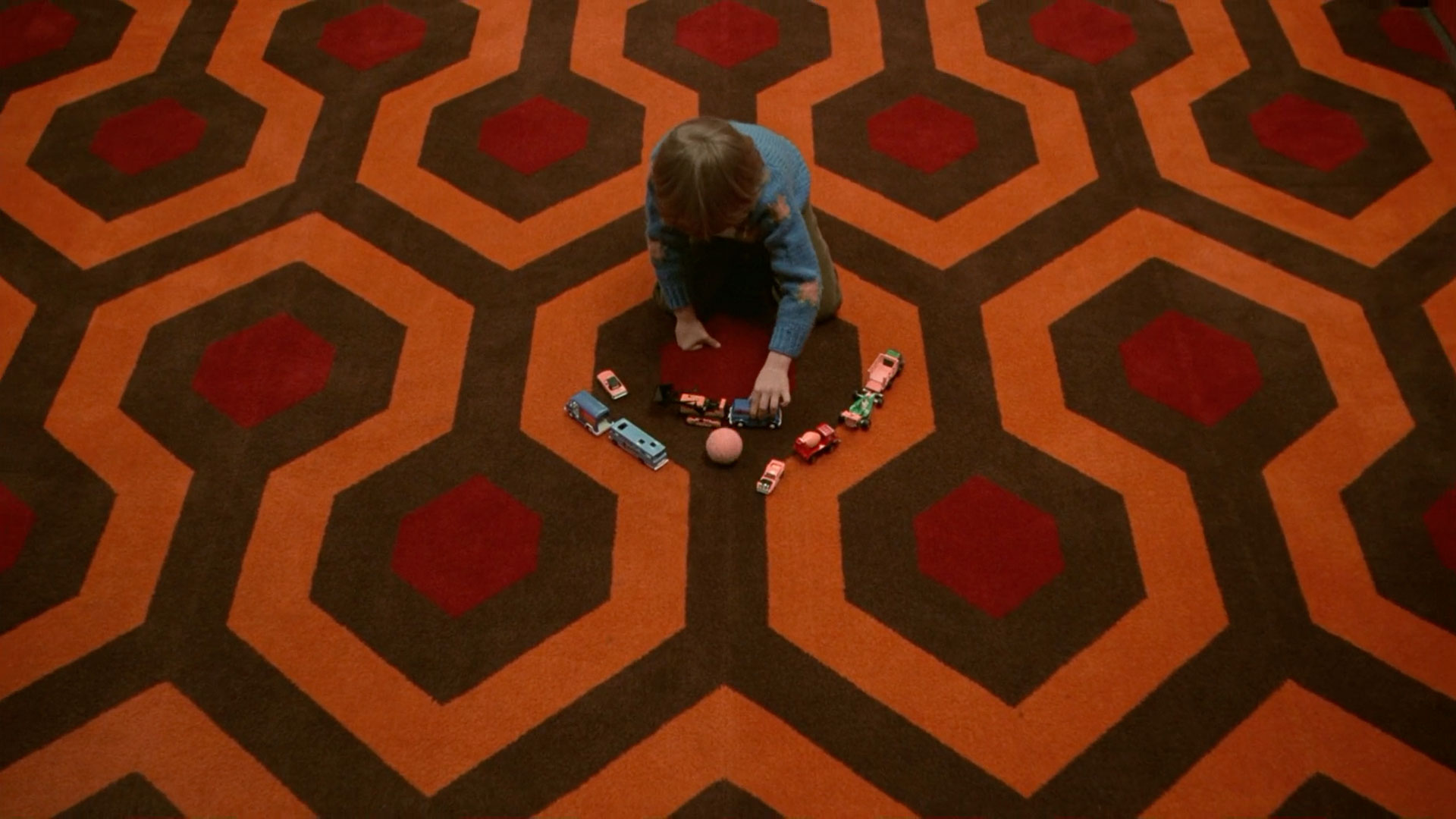
Just before the hotel staff departs for the season, Dick Hallorann, the Overlook’s head chef, has noticed something special about Danny – a psychic ability he calls “shining.” Dick reveals that he also shares this gift and explains that the hotel itself seems to possess a similar energy, though not all of it is benign. Hinting at the building’s dark history, he warns Danny to stay away of Room 237.
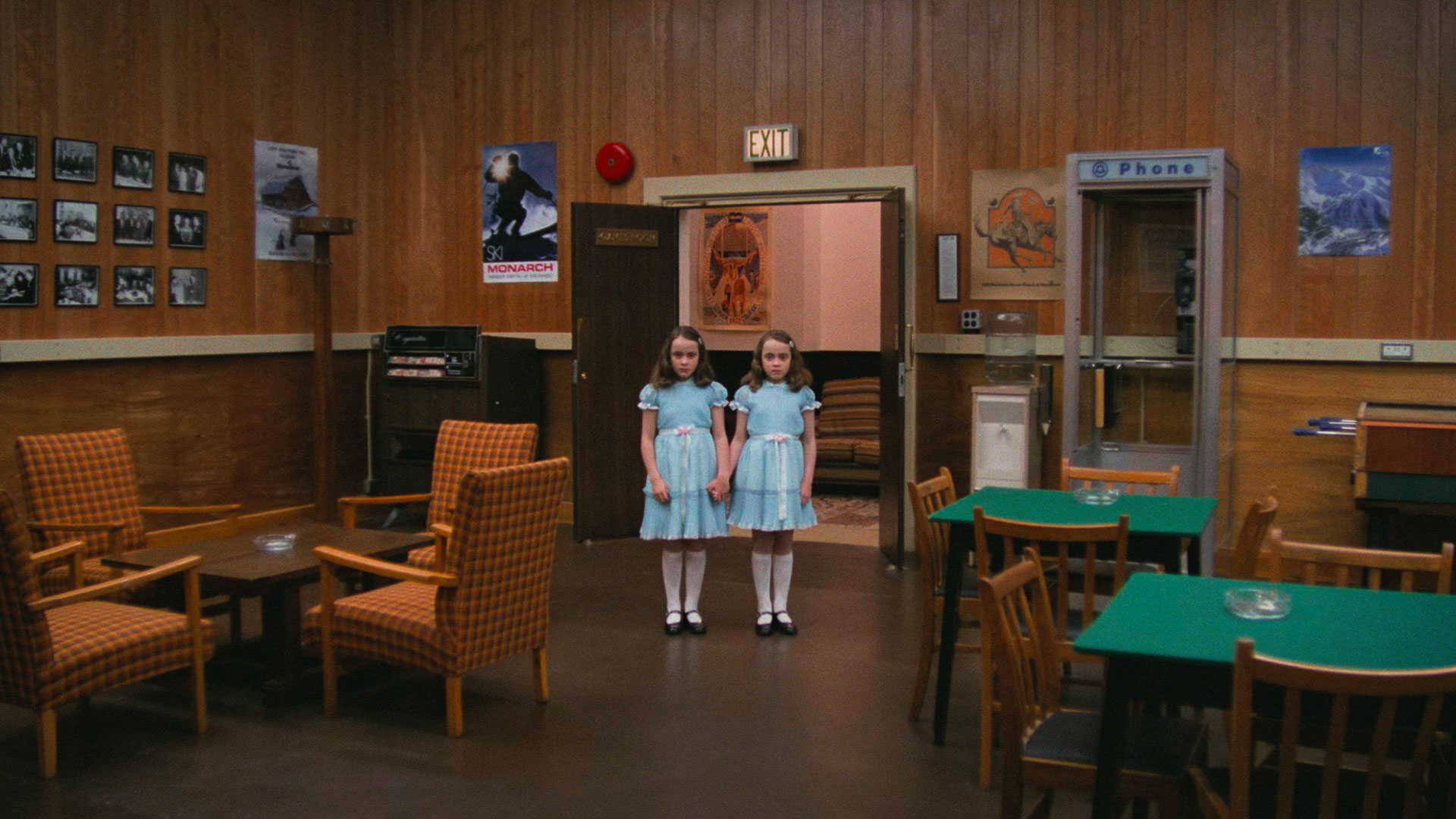
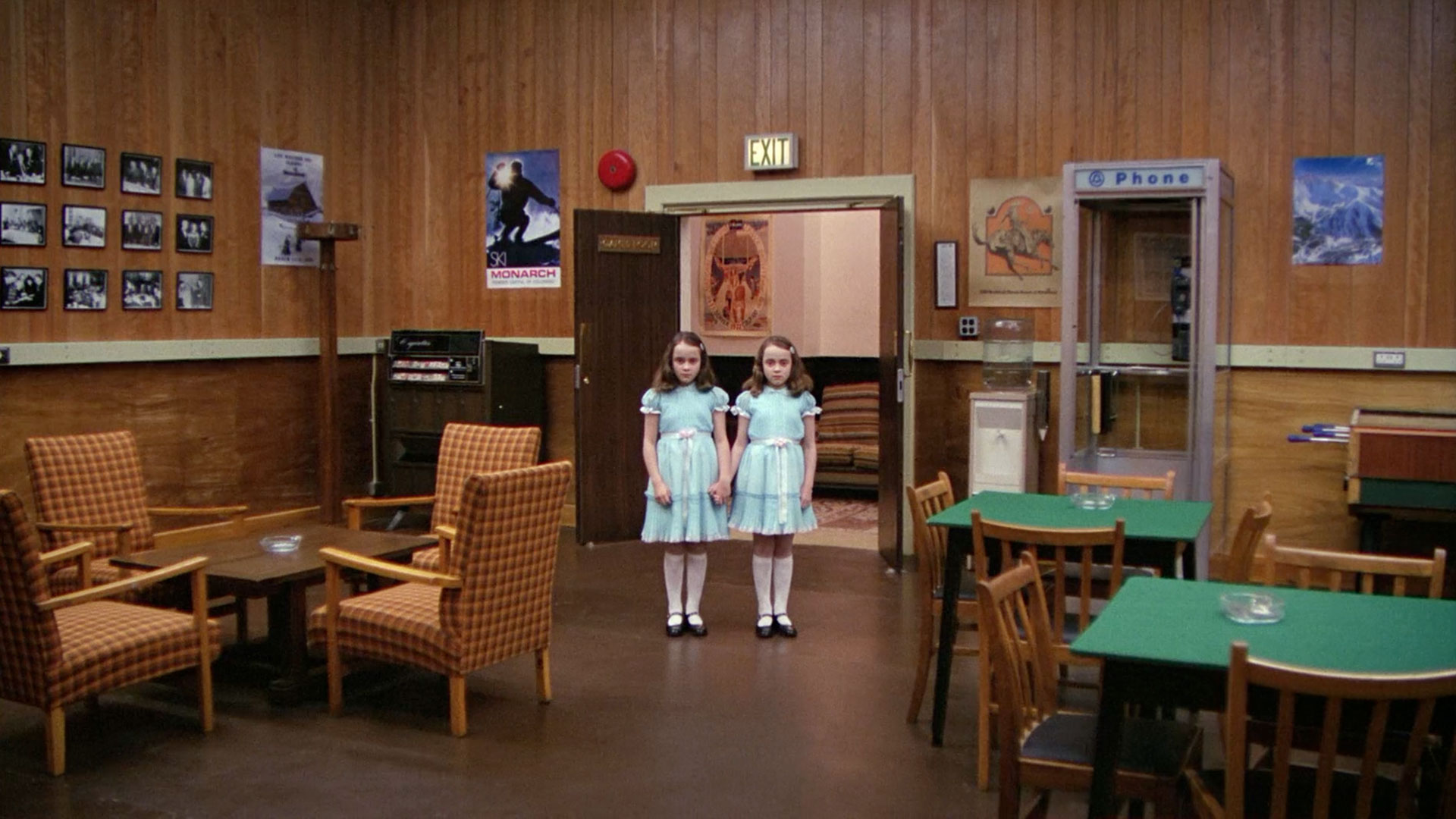
A month passes, and Jack’s mental health continues to decline as he struggles with writer’s block. His mood sours, and tension builds within the family. Meanwhile, Danny’s unsettling visions intensify. He’s haunted by apparitions of the Grady twins, their eerie presence a constant reminder of the hotel’s bloody past. Despite Dick’s warning, Danny can’t shake his curiosity about Room 237. The locked door has become a magnet for his attention, its mysteries calling out to him. Then, one day, as Danny wanders the empty corridors, he notices something different: the door to Room 237, always firmly shut, is now open.
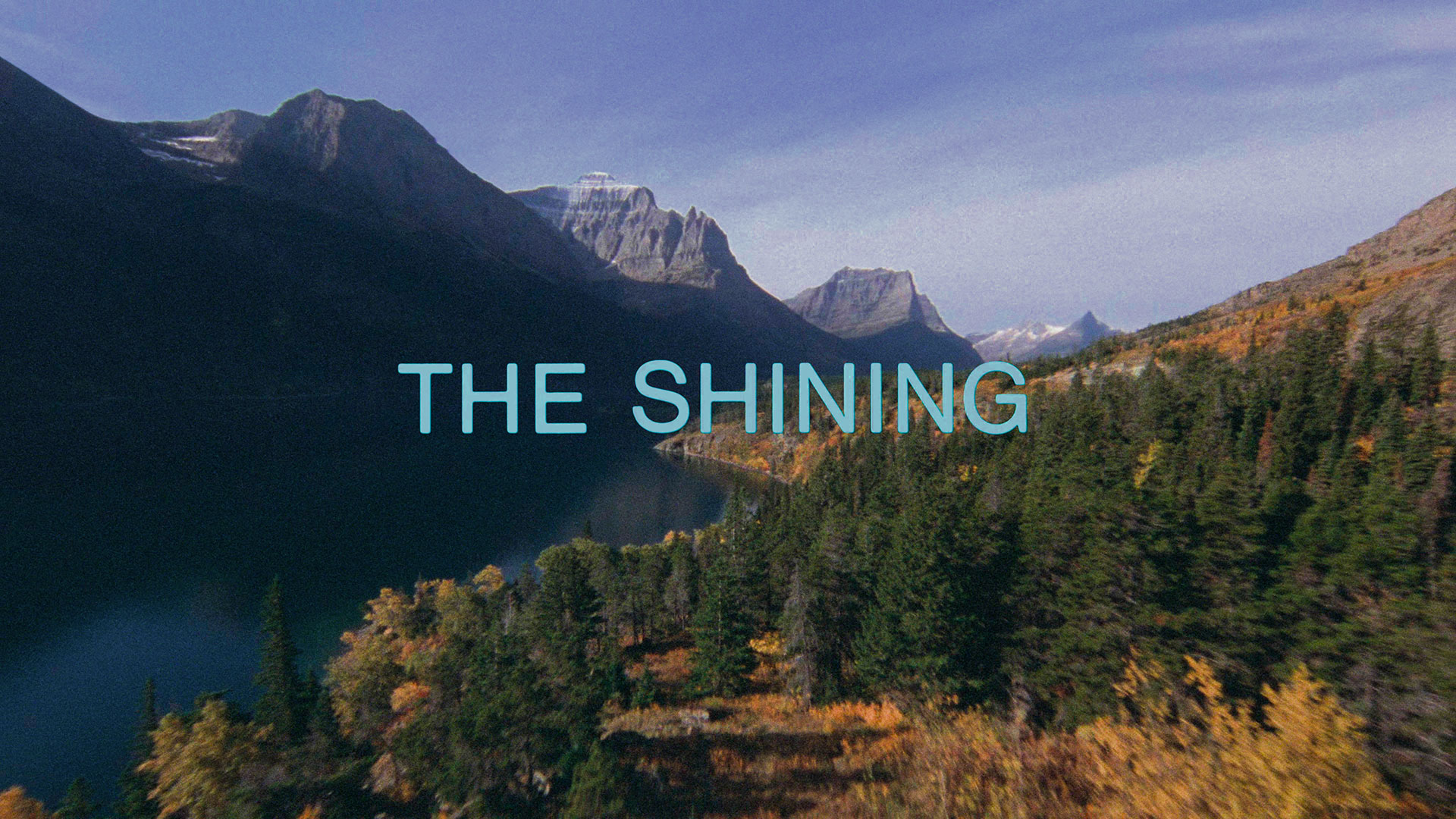
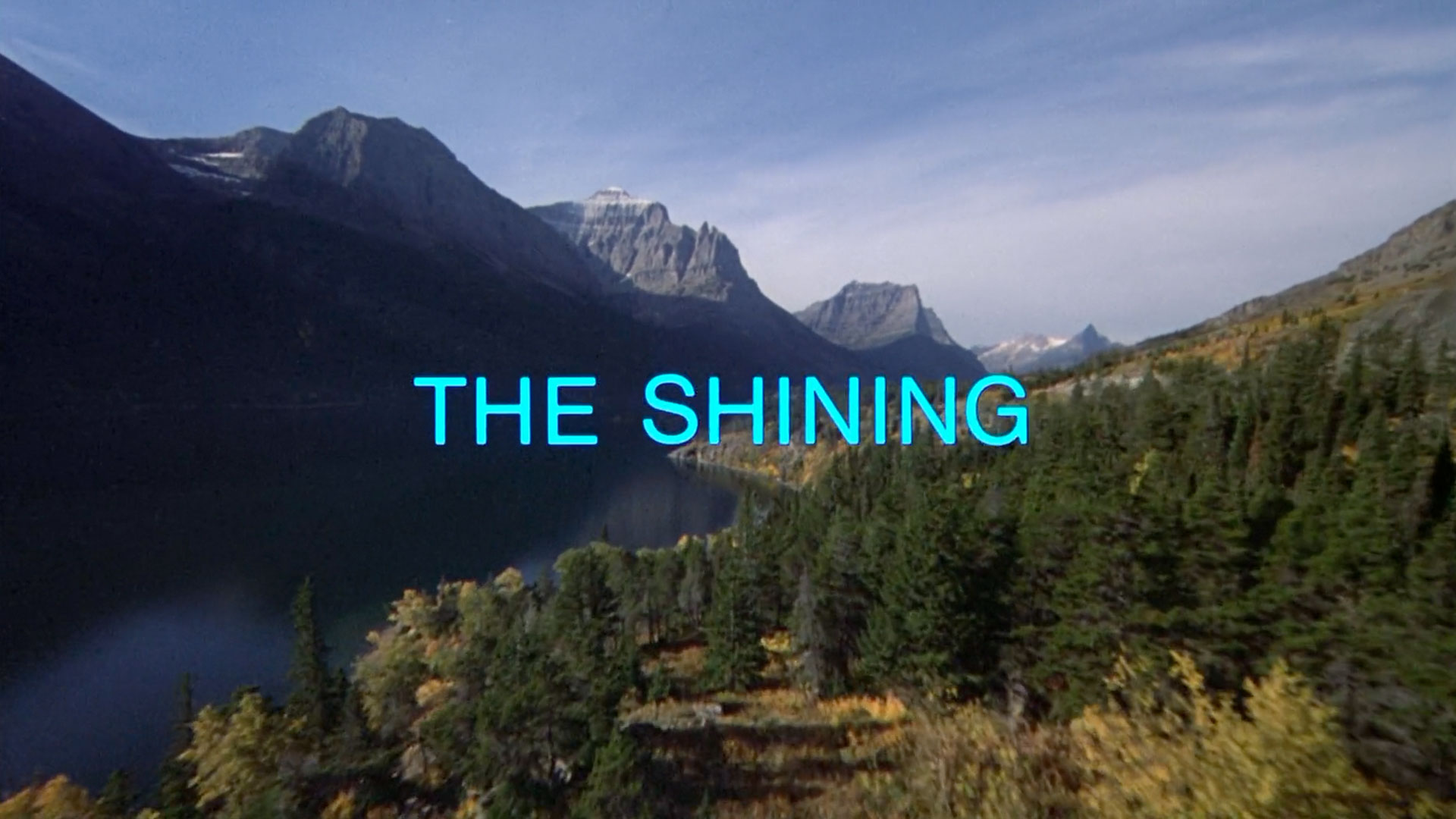
Directed by Stanley Kubrick from a screenplay he co-wrote with Diane Johnson, based on Stephen King’s 1977 novel of the same name, THE SHiNiNG stands as a landmark in psychological horror cinema, notable for its technical mastery, engrossing narrative, and remarkable performances.
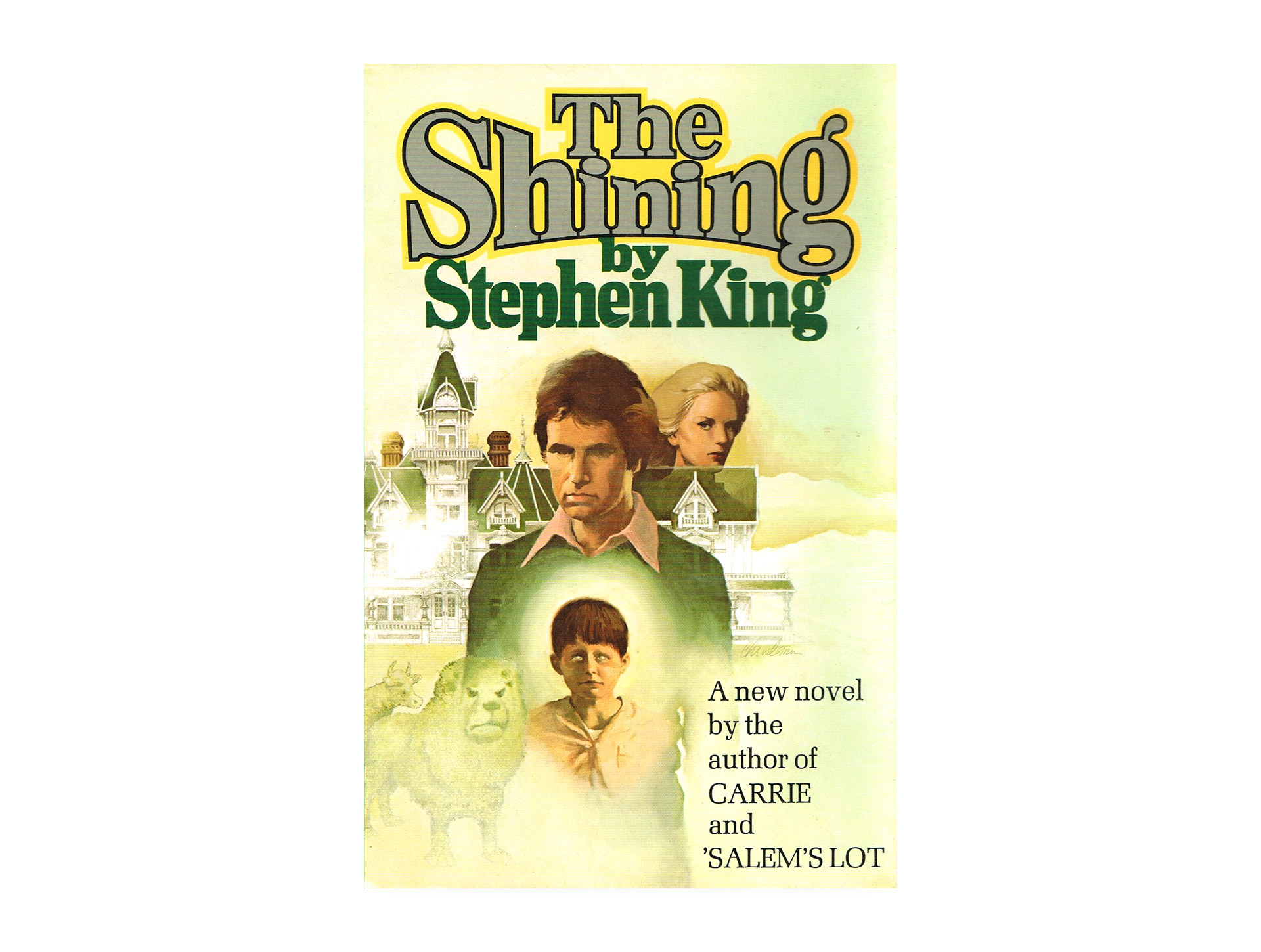
The Shining is Stephen King’s first hardcover bestseller, marking a significant milestone in his career. It was published in 1977 and is his third novel, following Carrie (1974) and ‘Salem’s Lot (1975). The inspiration for the novel came from a stay at the Stanley Hotel in Estes Park, Colorado, in September 1974. King and his wife, Tabitha, were the only guests at the hotel as it was about to close for the winter.
While it may not be his first novel, its success established King as a prominent figure in the horror genre and contributed to his reputation as a master storyteller. The Shining has sold over 1.5 million copies in its first year alone, and it has continued to sell well since then, making it one of King’s most popular works. The Shining holds significant importance in both the horror genre and American literature. Its impact is multifaceted, encompassing themes of isolation, psychological horror, and the exploration of familial relationships, particularly under the strain of addiction and mental illness.

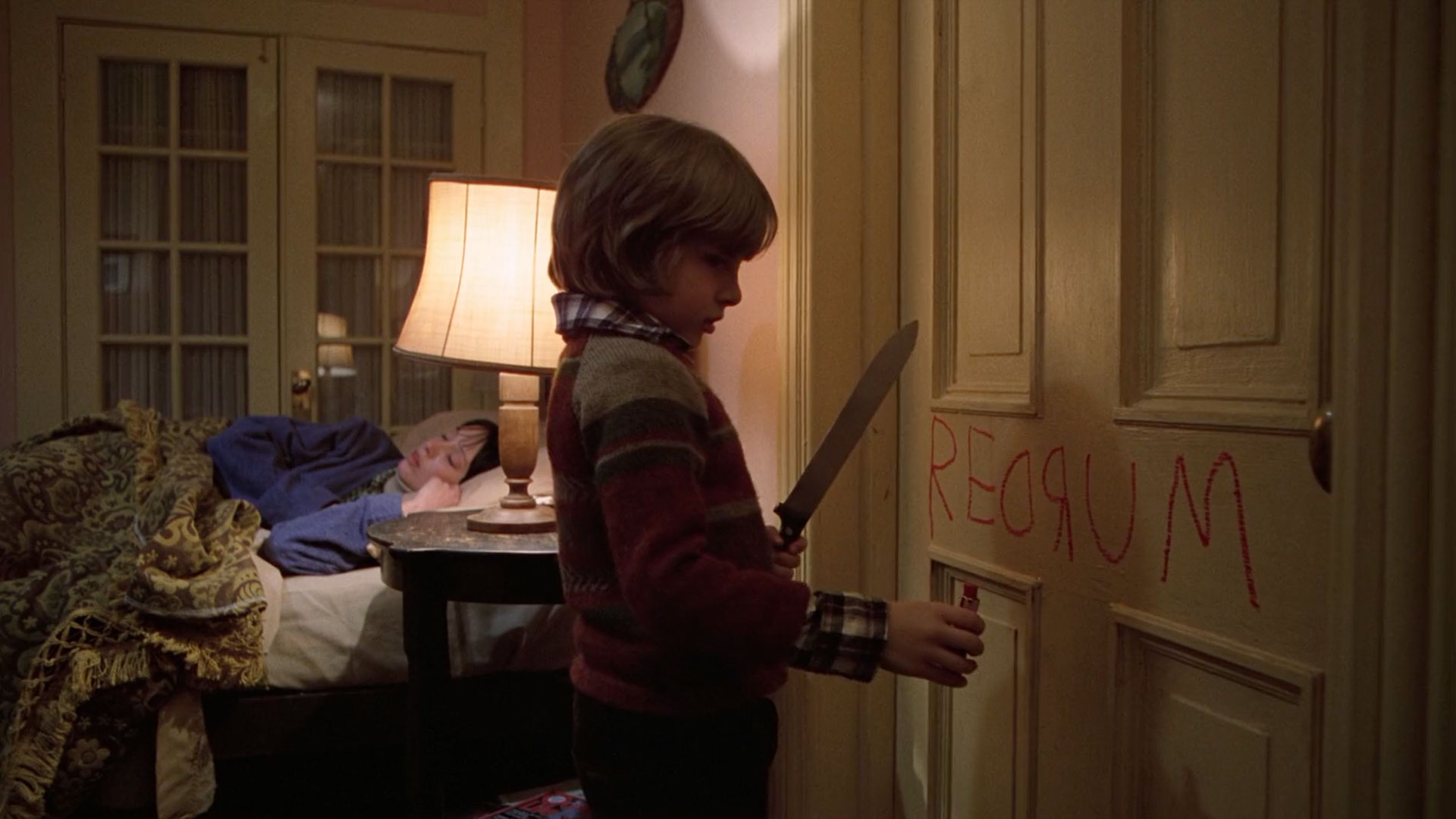
Kubrick and cinematographer John Alcott push the boundaries of filmmaking with their groundbreaking use of the Steadicam. While THE SHiNiNG wasn’t the first film to use Steadicam, it was one of the earliest and most influential films to showcase its potential, particularly in the horror genre. This is especially evident in the scenes following Danny as he pedals his tricycle through the Overlook Hotel’s maze-like corridors. This technique not only enhances the unsettling atmosphere but also immerses the audience in Danny’s perspective, creating a sense of foreboding that permeates the film. The striking visual composition, including the iconic symmetrical framing and the use of color, contributes to the film’s haunting aesthetic.
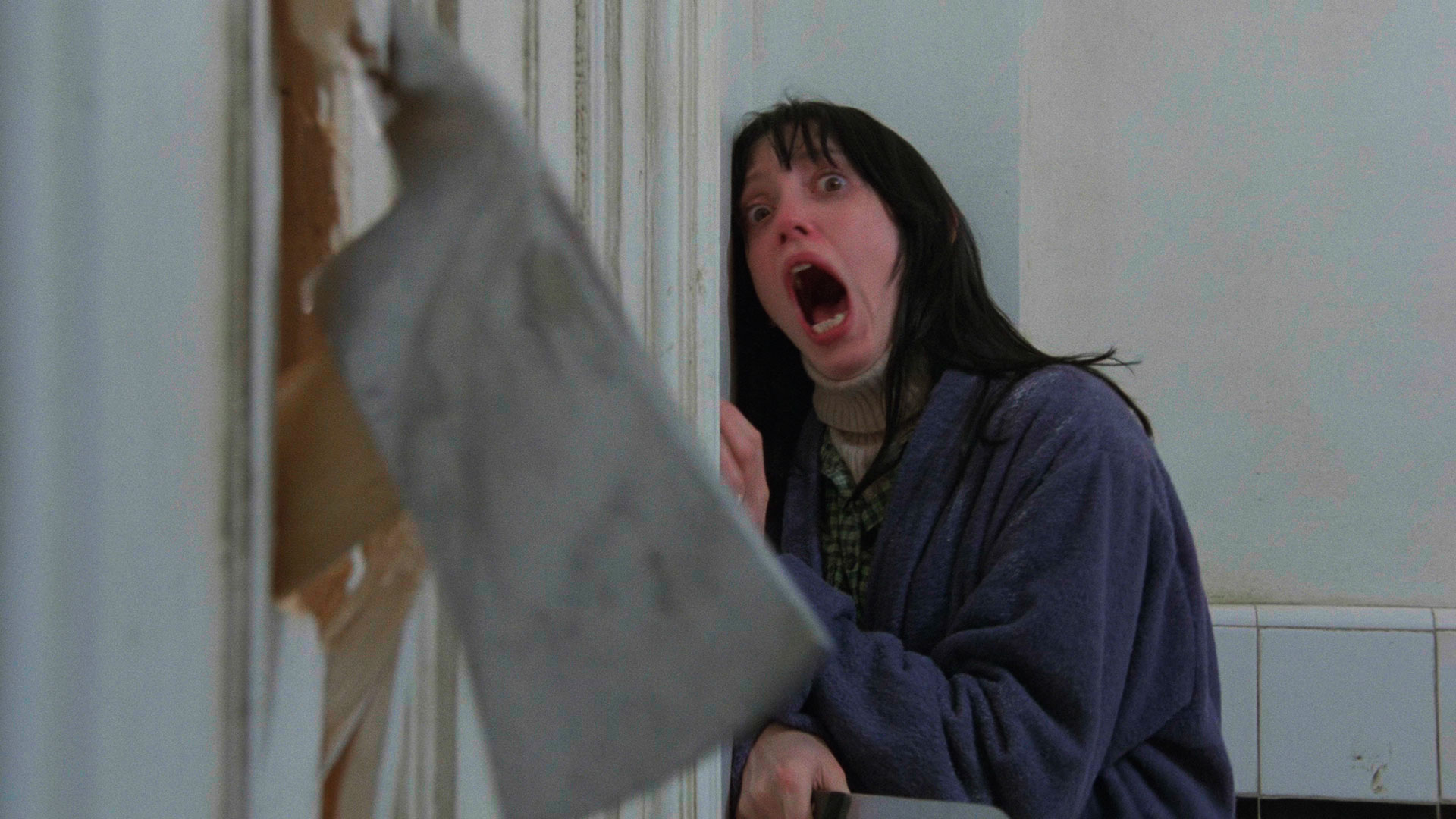
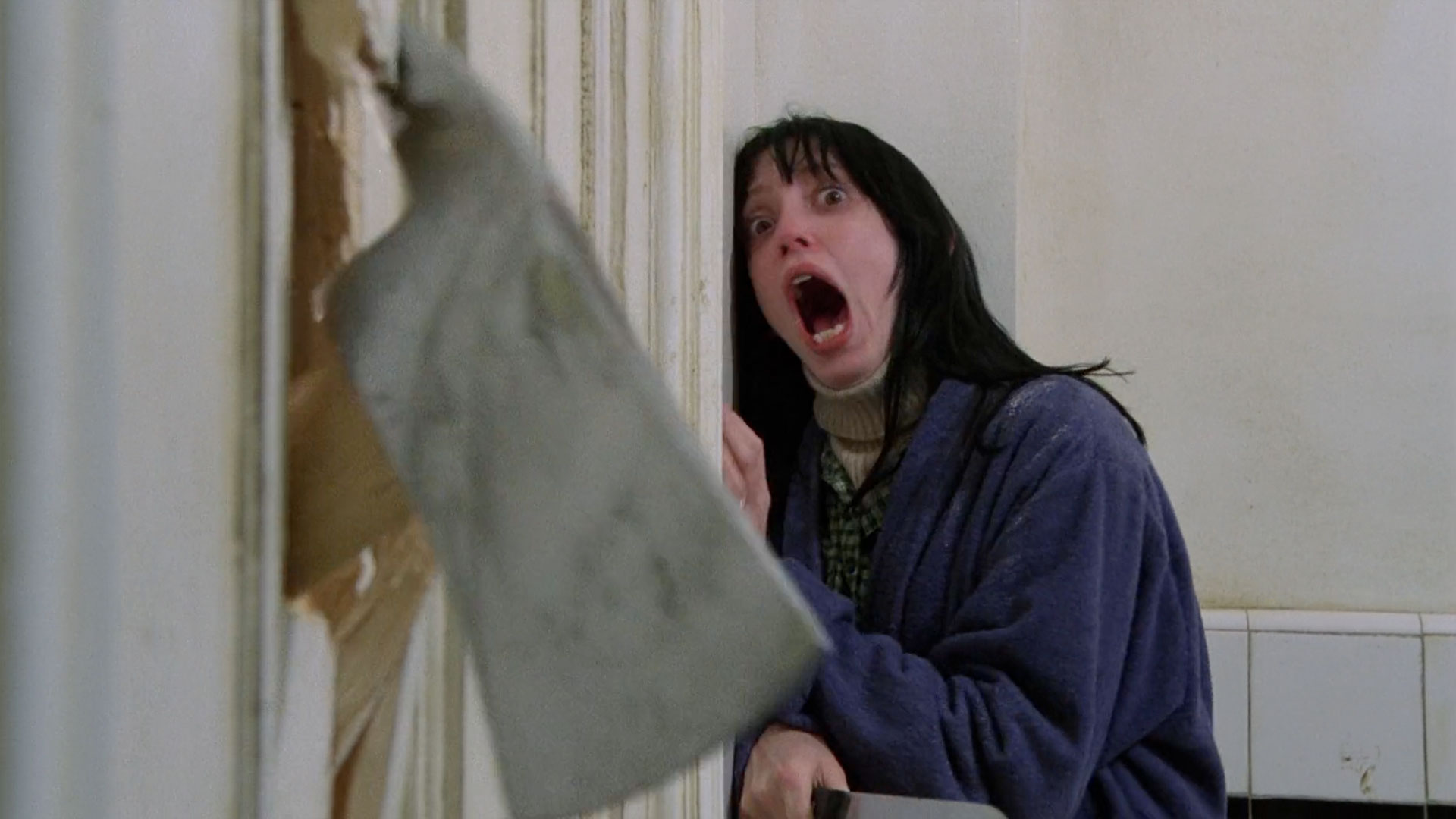
The sound design and score further amplify the film’s tension. The unsettling musical choices, along with the effective use of silence, create an oppressive atmosphere that keeps viewers on edge. Kubrick’s masterful control of pacing transforms the slow burn of the plot into an almost unbearable tension, culminating in the film’s explosive finale.
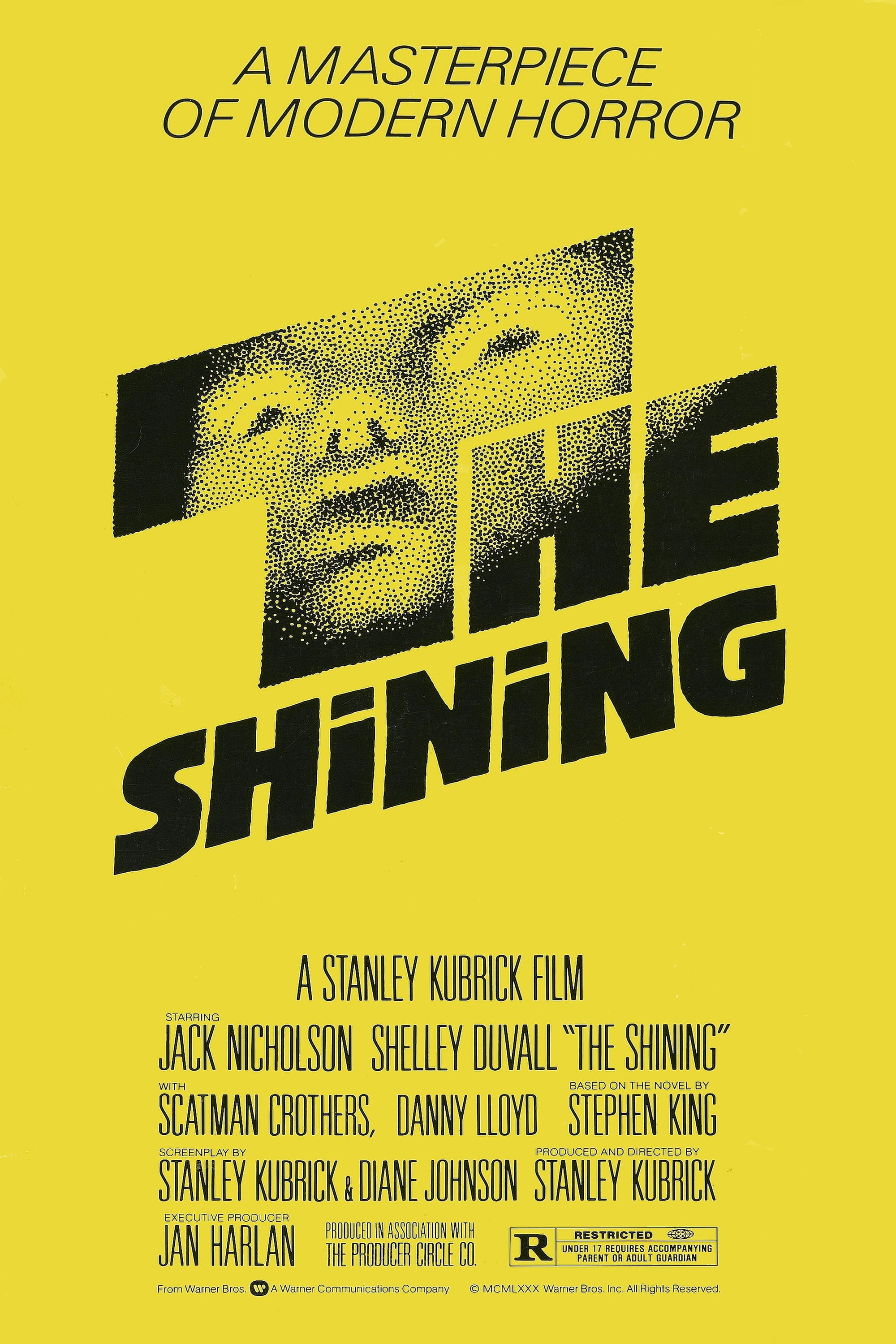
THE SHiNiNG was theatrically released in the United States on 23 May 1980 and in the United Kingdom on 2 October.
When “THE SHiNiNG” first hit theaters in 1980, it didn’t immediately achieve widespread acclaim. However, as word of mouth spread, the film managed to turn a profit during its summer run, despite receiving mixed to negative reviews from critics. Interestingly, it was the only film among Kubrick’s final nine projects that failed to secure nominations for either the Oscars or Golden Globes.
The film’s reputation grew significantly over time. In 2001, the American Film Institute (AFI) ranked it 29th on their “AFI’s 100 Years…100 Thrills” list. It has since appeared on numerous “best horror film” lists from various publications and organizations. Jack Torrance, the film’s antagonist, was also recognized by AFI, ranking 25th on their “AFI’s 100 Years…100 Heroes and Villains” list.
Today, “THE SHiNiNG” is widely regarded as one of the most influential horror films ever made. Its cultural significance was further cemented in 2018 when the Library of Congress selected it for preservation in the United States National Film Registry, acknowledging its importance to American cinema.
It’s widely known that Stephen King was dissatisfied with Stanley Kubrick’s adaptation of “The Shining.” This friction between author and director has become so iconic that it was even referenced in the film “Ready Player One.” King’s main complaint stemmed from Kubrick’s significant alterations to the characters and story from the original novel.
In 1997, King took matters into his own hands by writing and overseeing the production of a three-part television miniseries adaptation of “The Shining.” This version was much closer to King’s original vision and met with his approval. The miniseries did receive some recognition, winning Primetime Emmy Awards for Makeup and Sound Editing, as well as a Saturn Award.
However, despite King’s satisfaction with this more faithful adaptation, critics and audiences generally considered it inferior to Kubrick’s cinematic version. The consensus among film reviewers was that while the miniseries might have adhered more closely to the source material, it lacked the psychological depth, visual mastery, and overall impact of Kubrick’s interpretation.
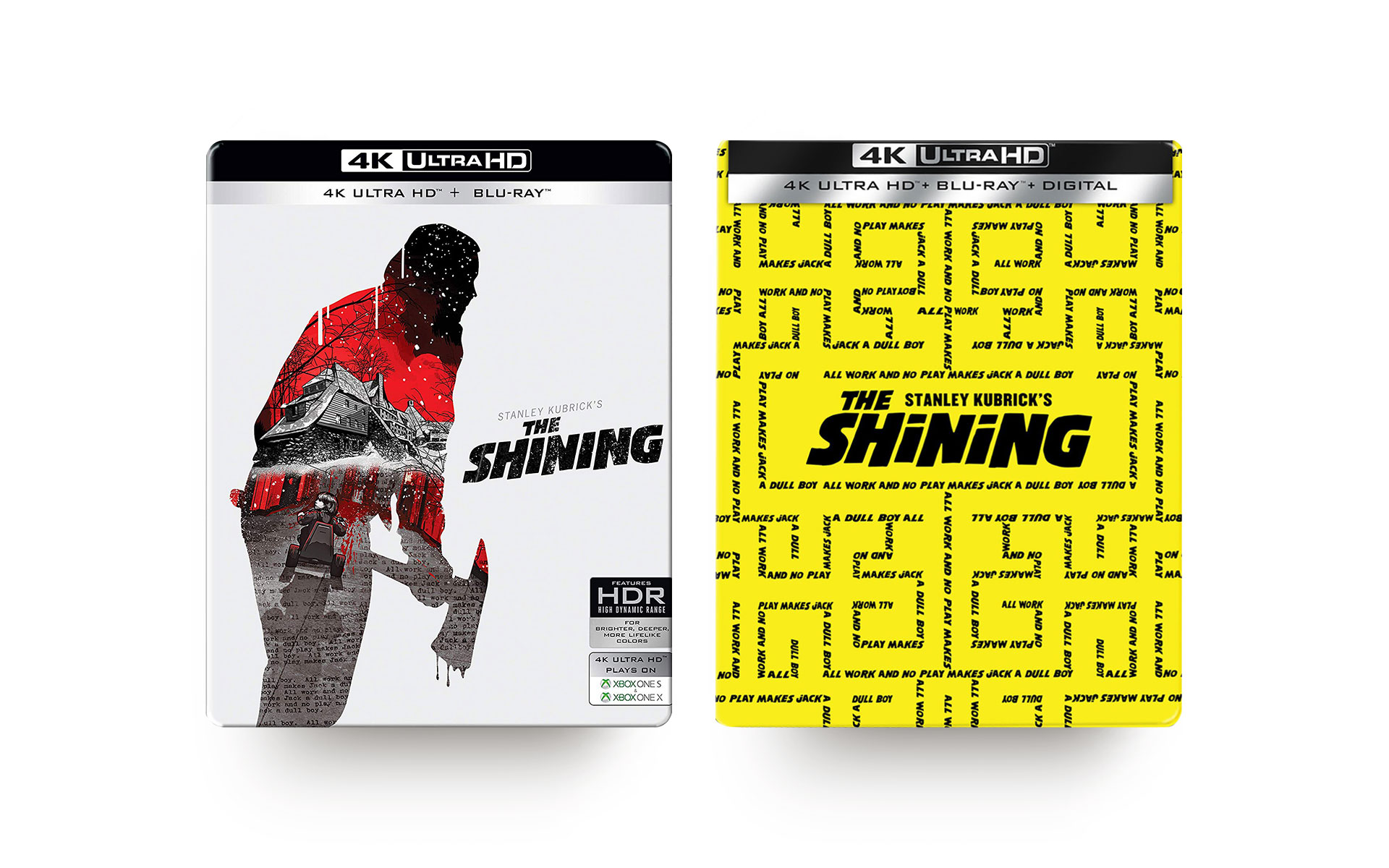
THE SHiNiNG received a 4K Ultra HD Blu-ray release on 1 October 2019. This edition represents a significant upgrade over the previous Blu-ray release in 2007. Steven Spielberg and Leon Vitali oversaw the 4K remaster of THE SHiNiNG. They worked closely with the team at Warner Bros. during the mastering process, which involved a new scan of the original 35mm negative to enhance the film’s visual quality.
Leon Vitali was an English actor and filmmaker, best known for his close collaboration with director Stanley Kubrick. He worked as Stanley Kubrick’s personal assistant for many years after initially acting in Kubrick’s film Barry Lyndon in 1975.
The 4K version features a new 4K scan from the original 35mm camera negative, resulting in a much sharper and more detailed image compared to the 1080p Blu-ray. The UHD format enhances dynamic range and fine detail, providing a more film-like appearance without excessive noise reduction, which plagued the older releases.
Additionally, the 4K remaster utilizes HDR technology, which enriches colors and improves contrast, particularly in scenes with strong color contrasts, such as the iconic red interiors of the Overlook Hotel. In contrast, the 1080p version had a more cyan-pushed color palette that appeared less natural.
The picture of the 4K version is noticeably cropped smaller than the 1080p Blu-ray version. The 4K UHD release has an aspect ratio of 1.78:1, while the 1080p Blu-ray retains a wider aspect ratio, resulting in some horizontal information being cropped in the 4K version.
The 4K UHD disc features a feature-length audio commentary that includes film historian John Baxter and Steadicam inventor Garrett Brown. This commentary provides insights into the film’s production and technical aspects. However, the 4K disc does not contain any additional special features beyond this commentary. All other supplemental content, such as documentaries and interviews, is found on the accompanying Blu-ray disc, which carries over all the extras from the previous Blu-ray, along with several other features like “Making THE SHiNiNG” and “View from the Overlook: Crafting THE SHiNiNG”.




